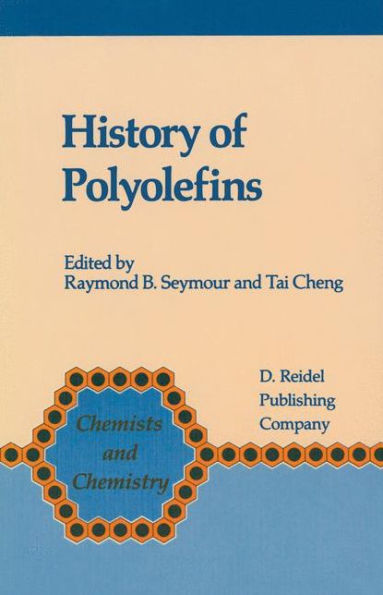5
1
9789027721280


History of Polyolefins: The World's Most Widely Used Polymers / Edition 1 available in Hardcover

History of Polyolefins: The World's Most Widely Used Polymers / Edition 1
- ISBN-10:
- 9027721289
- ISBN-13:
- 9789027721280
- Pub. Date:
- 11/30/1985
- Publisher:
- Springer Netherlands
- ISBN-10:
- 9027721289
- ISBN-13:
- 9789027721280
- Pub. Date:
- 11/30/1985
- Publisher:
- Springer Netherlands
169.99
In Stock

Product Details
| ISBN-13: | 9789027721280 |
|---|---|
| Publisher: | Springer Netherlands |
| Publication date: | 11/30/1985 |
| Series: | Chemists and Chemistry , #7 |
| Edition description: | 1986 |
| Pages: | 336 |
| Product dimensions: | 6.10(w) x 9.25(h) x 0.03(d) |
From the B&N Reads Blog
